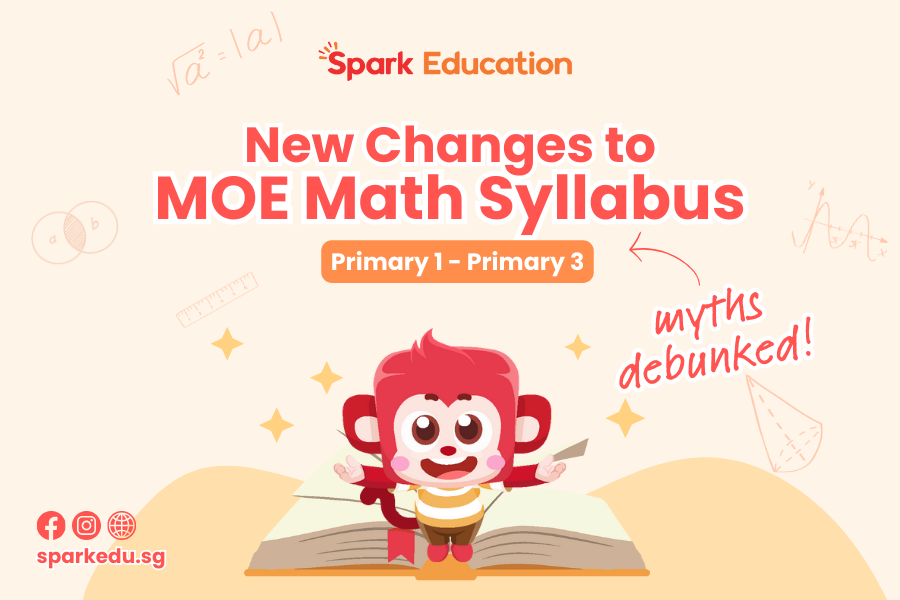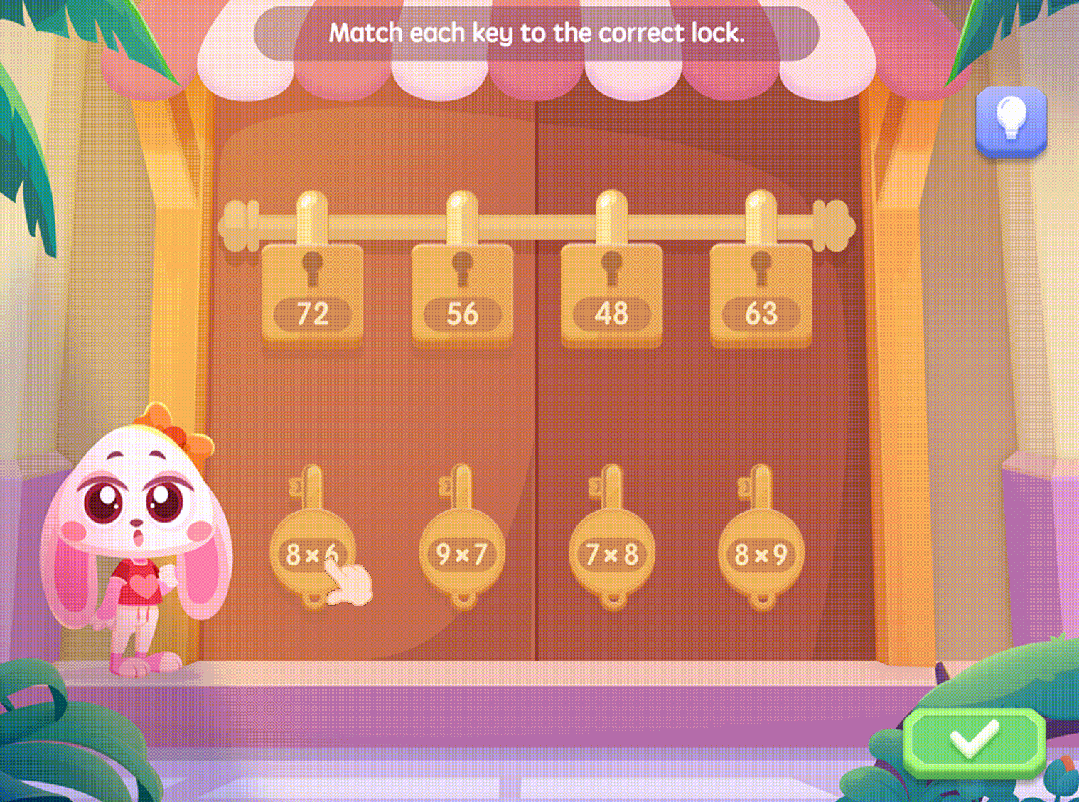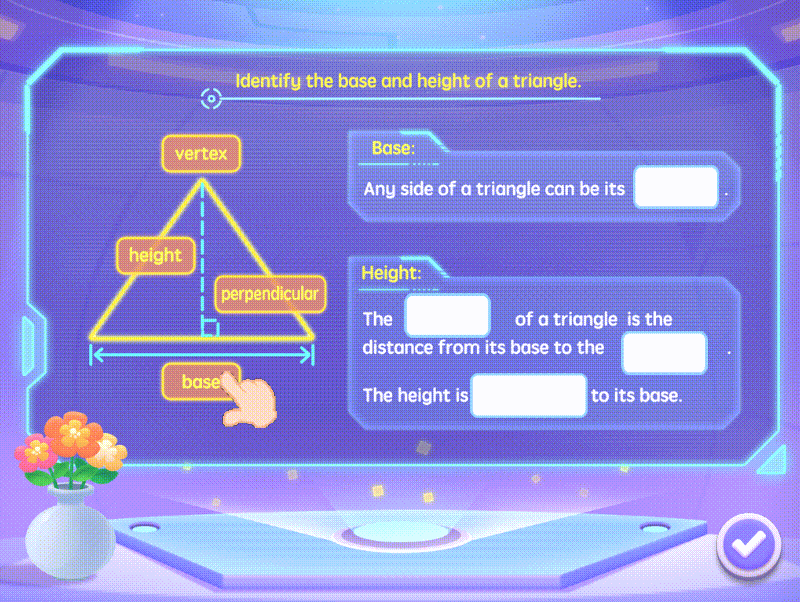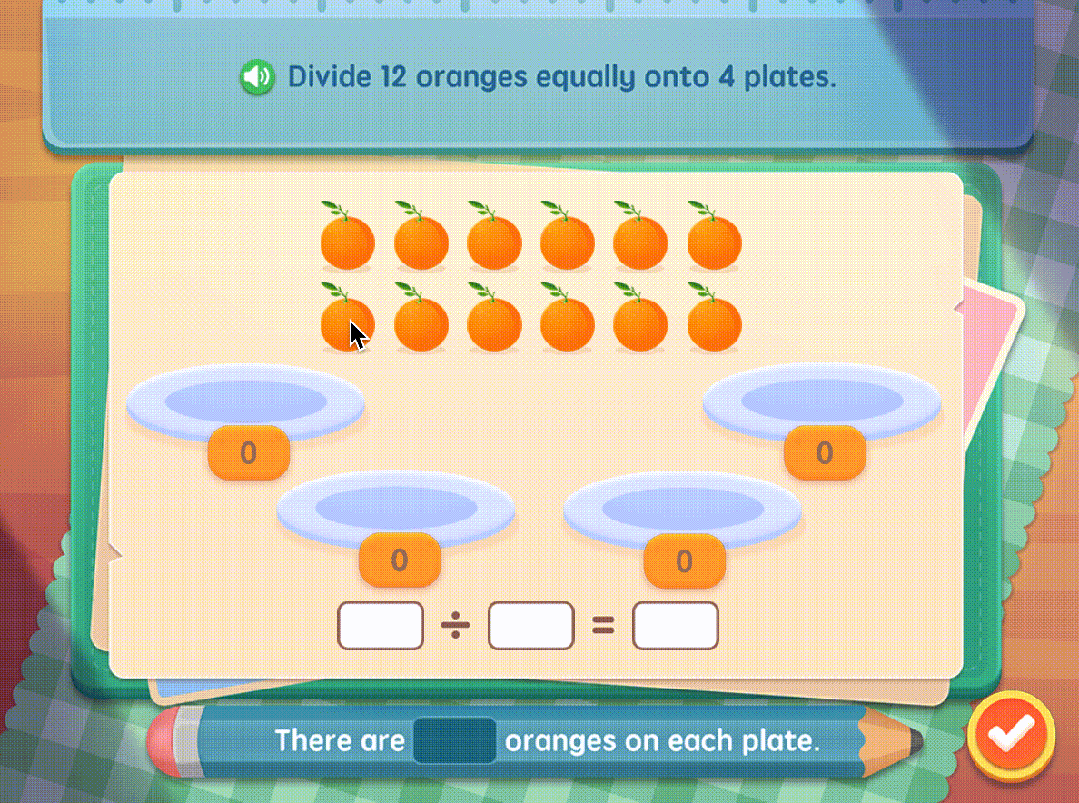“IS IT TRUE THAT WORDS PROBLEMS ARE GONE FROM THE P1-P3 SYLLABUS?” — a question we heard a lot since the 2021 MOE Math Syllabus release. And, it resurfaced after we shared insights into the new MOE Math Syllabus for Primary 4-6 changes last week.
Parents of Primary 1-3, we’ve heard you! We understand how much you care about your kid’s academic journey; we’re here to support you. Our Spark Math teachers have compiled answers to the top 5 myths or misconceptions some parents might have, along with summary tables of what’s added or removed from the new syllabus for Primary 1-3.
1. Which MOE Math Syllabus is My Child Learning?
Parents often have inquiries about their children’s school curriculum. However, when you go on the MOE website, you’ll find both the 2013 and 2021 versions of the Math Syllabus. So, which one is your child studying?
Here’s a simple breakdown of the current 2021 MOE Math Syllabus for Primary 1 to 3:
- The 2021 updates are based on the 2013 syllabus.
- All current Primary 1-4 cohorts have been following the updated 2021 syllabus.
- The current Primary 5 and 6 are still using the 2013 syllabus.
- The new Primary 5 and 6 syllabus will be implemented only by 2025 and 2026.
In other words, if your children are already in Primary 1-4 in 2014, they’ve been learning the new 2021 MOE Math Syllabus and will continue with it as they move up. But for those who are in the Primary 5 or above this year, they are still following the old 2013 syllabus.

2. Why Keep Up with the MOE Math Syllabus Changes?
Former Education Minister Heng Swee Keat once said, “Every school in Singapore is a good school.” Some parents might think that their child’s school has it all covered in the curriculum. Others might think, “My kid’s already learning the new stuff, so why sweat the changes?”
But here’s why it matters: With the new syllabus rolling out, those old workbooks or worksheets handed down from elder siblings might not cut it for your younger ones anymore. You also want to make sure your younger ones always have the most up-to-date materials and support that match up with what’s being taught in school.
At Spark Education, our curriculum team includes former MOE-trained teachers, child psychologists, and experienced curriculum researchers. We update our curriculum and materials every year to align with the MOE syllabus and use research-based, proven teaching methods. We have always focused on building a strong foundation for sustainable mathematical proficiency.
(Jump to Question 5 to see the summary of new changes in the MOE Math Syllabus.)
3. What Do the Changes in the MOE Math Syllabus for Primary Mean for My Child?
The syllabus updates reflect MOE’s new approach to educating our young learners, striving to better balance between content and skills. Likewise, at Spark Education, we believe in fostering critical thinking, problem-solving, and analytical skills through genuine math understanding. A strong foundation in mathematical literacy and application will set students up for academic success and thriving careers in the future.
1. Start Earlier for Smoother Transitions
In the new syllabus, many topics once taught later now start earlier. For example, in the Time topic, Primary 1 students now also learn once-P2 concepts, such as telling time to 5 minutes, using ‘am’ and ‘pm’, and drawing clock hands.
Similarly, Primary 2 students now have more time to learn refined P3 concepts, including telling time to the minute and converting time between hours and minutes. As a result, students will complete the whole Time topic in Primary 3 instead of Primary 4.
| Math Topic | P1 | P2 | P3 |
|---|---|---|---|
| Time | – telling time to 5 minutes – use of ‘am’ and ‘pm’ – use of ‘h‘ and ‘min‘ – duration of one hour/half hour | – telling time to the minute – measuring time in hours and minutes – converting time in hours and minutes to minutes only, and vice versa | – measuring time in seconds – finding the starting time, finishing time or duration given the other two quantities – 24-hour clock |
While this may seem to have complicated things for younger students, it actually helps smooth transitions between levels. By introducing concepts earlier, students become accustomed to progressively challenging math problems, preventing sudden leaps in difficulty.
Likewise, our Spark Math curriculum stays ahead of the general school syllabus by one or two topics. This gives our students the advantage of more mental capacity in class to review concepts and ask teachers questions, further deepening their understanding.
2. Increased Complexity in Problem Sums
Looking at the new syllabus, parents might be surprised to see that 1-step or 2-step word problems are no longer mentioned in the P1 and P2 Whole Number, Money, and Measurement sections. But it’s wrong to think your child won’t work on word problems, or problem sums, anymore.
The new syllabus only lifts the limit and allows them to be more complex; it has not removed word problems from lower primary topics. In other words, P1 and P2 word problems can now go beyond simple 1-step or 2-step problems earlier.
While most schools may still keep them relatively simple, this change shows that MOE encourages students to apply math concepts more critically from an even earlier age, and build their perseverance and resilience in tackling challenging questions.
At Spark Math, our spiral curriculum gradually guides students through concepts and question types, starting with easy ones and moving on to more complex ones. Moreover, our tech-powered courseware enables teachers to assign students different levels of questions for the same topic, even within the same class, to meet their individual needs. This personalized approach keeps more capable students engaged while helping those who may need extra time to catch up.
3. Integration of Topics for Holistic Understanding
Another noticable change is the integration of topics. For instance, in P1 Math, Units are now integrated into the Length topic. This helps students understand which units to use for different topics. For example, knowing length is measured in ‘cm’ helps them grasp that perimeter is also measured in ‘cm’.
This integration, in fact, helps students develop a holistic understanding of units and make connections across different mathematical topics. This way, students can better apply their knowledge to solve problems, especially in word problems.
This is particularly beneficial during the transition from Primary 4 to 6, where students face more advanced topics. By mastering concepts comprehensively, students can adjust more smoothly to higher-level challenges, ultimately boosting their academic performance and confidence in the long run.
4. How Do We Build Math Confidence and Interest in Children?
Making math fun and relevant is key to nurture children’s math confidence and interest, especially now that there are more topics to cover in lower primary.
Math is everywhere, and there are tons of fun ways to sneak math into our daily routines to show your child the value of math. But if you want a structured approach for school success, consider Spark Math!



At Spark Math, our interactive courseware modernized the traditional CPA and UDSC approaches. It also features high-quality animated explanations, relatable storylines, and gamified learning tasks, to help young learners (K-P6) truly understand — and love — math.
Even better, we keep a low teacher-to-students ratio, so that our experienced teachers work directly with each students, providing personalized attention to help them succeed. Your child will also receive both physical and digital textbooks, workbooks, and math manipulatives for an effective learning experience at home.
Why not try a FREE trial class to experience the Spark Math difference today?
5. What Exactly are the Changes to the New MOE Math Syllabus for Primary 1-3?
Our Spark teachers have summarized the new changes in the Singapore MOE Math Syllabus for lower primary grade levels below:
Summary of New Changes to MOE Math Syllabus for Primary 1
| P1 Math Topic | Added | Removed |
|---|---|---|
| Numbers up to 100 | / | Number bonds for numbers up to 10 |
| Addition & Subtraction | / | Solving 1-step word problems involving addition and subtraction within 20* |
| Multiplication & Division | / | Solving 1-step word problems involving multiplication and division with pictorial representation* |
| Money | / | Solving 1-step word problems involving addition and subtraction of money in dollars only (or in cents only)* |
| Length | 1. Measuring lengths in centimetres 2. Use of abbreviation ‘cm’ 3. Comparing and ordering lengths in ‘cm’ 4. Measuring and drawing a line segment to the nearest cm | / |
| Time | 1. Telling time accurate to 5 minutes (previously only to the half hour) 2. Use of ‘am’ and ‘pm’ 3. Use of abbreviations ‘h’ and ‘min’ 4. Understand the duration of one hour/half hour | / |
| 2D Shapes | 1. Identifying, naming, describing, and classifying half circle and quarter circle 2. Forming different 2D figures with rectangle, square, triangle, half circle, quarter circle 3. Identifying 2D shapes that make up a given figure 4. Copying figures on dot grid or square grid | Making/comparing patterns with 2D shapes according to size, shape, color, orientation |
Summary of New Changes to MOE Math Syllabus for Primary 2
| P2 Math Topic | Added | Removed |
|---|---|---|
| Addition & Subtraction | / | Solving up to 2-step word problems involving addition and subtraction* |
| Multiplication & Division | / | Solving up to 2-step word problems involving addition and subtraction* |
| Money | / | Solving word problems involving money in dollars only (or in cents only)* |
| Length | / | Solving word problems involving length/mass/volume* |
| Time | 1. Telling time to the minute 2. Measuring time in hours and minutes 3. Converting time from hours and minutes to minutes only, and vice versa | 1. Telling time to 5 minutes 2. Use of ‘am’ and ‘pm’ 3. Use of abbreviations h and min 4. Drawing hands on the clock face to show time 5. Duration of 1 hour/half hour |
Summary of New Changes to MOE Math Syllabus for Primary 3
| P3 Math Topic | Added | Removed |
|---|---|---|
| Addition & Subtraction | / | Solving up to 2-step word problems involving addition & subtraction* |
| Multiplication & Division | / | Solving up to 2-step word problems involving 4 operations* |
| Money | / | Solving word problems involving addition and subtraction of money in decimal notation* |
| Length | / | Solving word problems involving length/mass/volume/capacity excluding fractions and compound units* |
| Time | 1. Measuring time in seconds 2. 24-hour clock | 1. Telling time to the minute 2. Use of ‘past’ and ‘to’ to tell time 3. Measuring time in hours and minutes 4. Converting time in hours and minutes to minutes only, and vice versa 5. Solving problems involving time in hours and minutes* |
| Bar Graphs | / | Solving 1-step problems using data from bar graphs* |
Related topics: The New MOE Math Syllabus (Primary 4-6) and 2024 PSLE Exam Dates, Timetable, Exam Release, and More
6. Is it true that 1-step and 2-step word problems are gone from the P1-3 Math Syllabus?
Quick answer: No.
It may seem that 1-step or 2-step word problems are “removed” from the new syllabus. Does that mean lower primary school students don’t have to work on word problems anymore? No. The new syllabus simply lifts previous limitation and allows for more complex word problems. In other words, P1 and P2 word problems may now be more challenging than before.
(Return to Question 3.2 to read more on about the implications on the complexity of problem sums for lower primary grade levels.)
About Spark Math by Spark Education
At Spark Education, we’re committed to create fun and effective learning experience to help young learners build confidence and lifelong learning interest.
We keep our teacher-to-students ratio low, so that our experienced teachers work directly with each students, providing personalized attention to help them succeed. We also focus on hands-on learning to build problem-solving and critical thinking skills.
Additionally, our interactive courseware modernized the traditional CPA and UDSC approaches. It also comes with high-quality animated explanations, gamified learning tasks, relatable storylines and catchy songs to help students understand concepts effectively and develop a genuine interest in math.
Sign up for a FREE trial class today!
Experience how Spark Math empowers students with academic excellence and essential 21st-century skills for lifelong learning and success.




